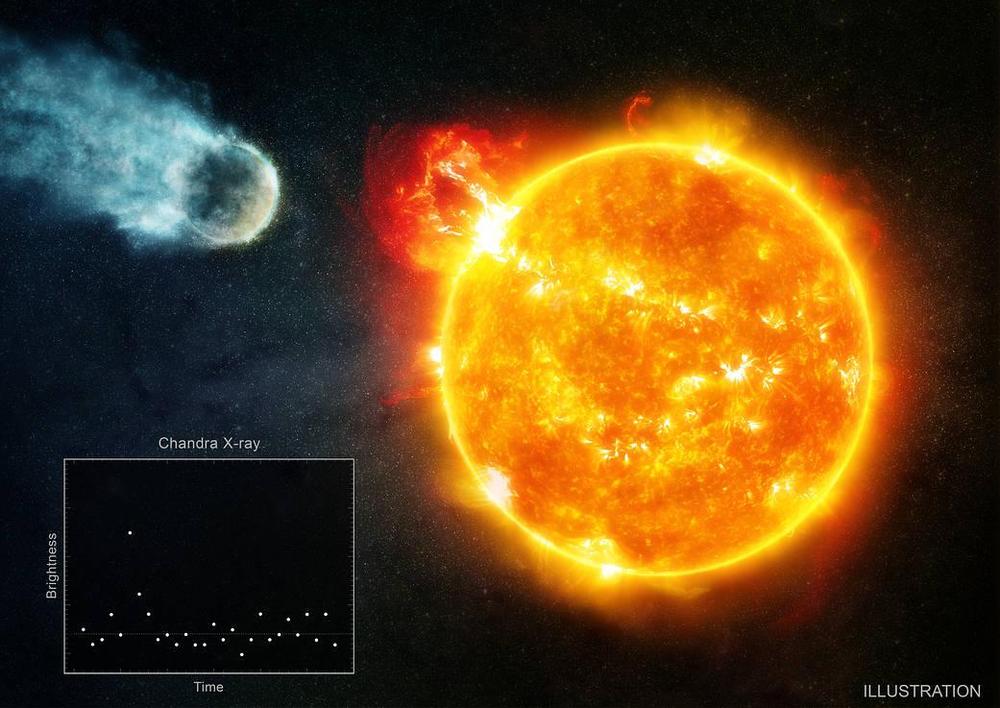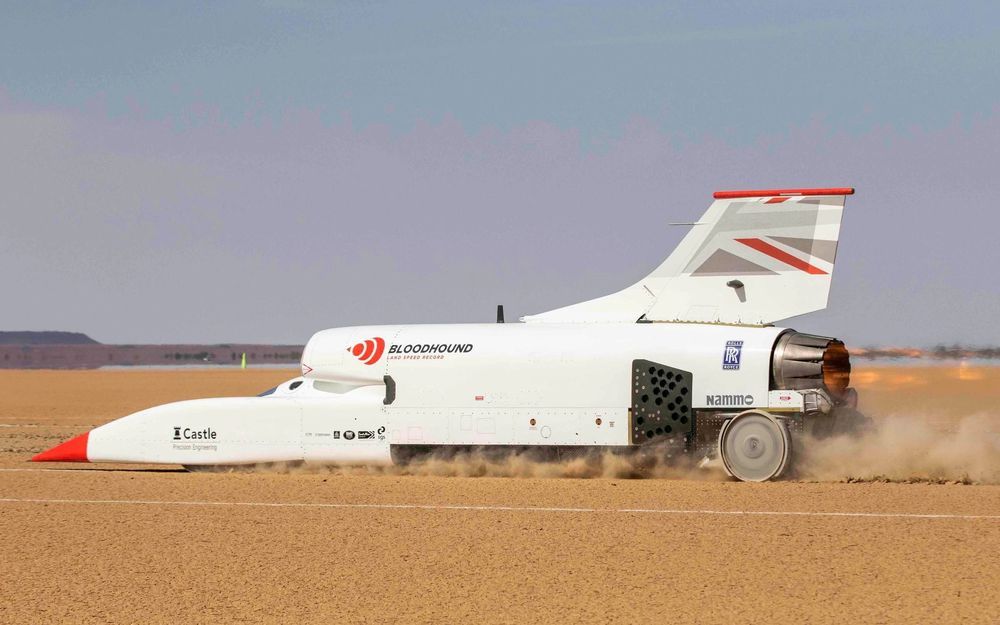In the spirit of Halloween:
Zombies are oftentimes a common trope in science fiction and horror. In this video, we will go over why and how they are plausible.
Discord Link: https://discord.gg/brYJDEr
Patreon link: https://www.patreon.com/TheFuturistTom
Please follow our instagram at: https://www.instagram.com/the_futurist_tom
For business inquires, please contact [email protected]



